Electric Bikes for Sale in Europe: What to Know Before You Buy

Electric bikes are more popular in Europe. They combine sustainability with modern technology to become an ideal urban and rural transportation solution. Whether you're a city commuter, weekend adventurer, or simply looking to explore Europe in a more environmentally friendly way, it's very important to be clear about your purchasing intentions before making a purchase.
1. Legal Regulations and Safety Standards
Different country has different laws regarding electric bikes, including speed limits, licensing, where you can ride, etc. Some areas classify bikes by power or assist level, so we have to understand the laws governing riding a bike before the purchase.
2. Battery Life and Performance
When choosing an electric bike, the following specifications need to be paid more attention to.
-
Range: How far can you travel on a single charge? Choose a suitable range for your riding purposes. For example, city commuting requires a longer range.
-
Charging Time: If you travel a lot, faster charging might save you time.
-
Replacement & Support: How long is the battery life? Is it easy to replace, and what is the warranty duration?
3. Power, weight and comfort
Urban commuters will value balance and efficiency, while off-road riders may need more torque. We also need to consider these factors.
- Folded and weight: A folding and light ebike is more convenient to save and carry.
-
Comfort: Adjustable handlebars, seat height, and frame size can make a big difference. You can try to ride as possible before order a new electric bike.
4. Budget
Different brands and specification has big difference for the price. Entry-level bikes are affordable but may lack advanced features. Higher-end models are more expensive but generally offer better performance and durability.
We can consider these two questions firstly:
- Is it worth spending more money now to save on repair or replacement costs later?
- Does the brand offer local support or service options if something goes wrong? If not, can you buy the parts and replace by yourself?

Buying an electric bike is more than just a purchase; it’s a lifestyle change, means that we choose a eco-friendly, faster, and certainly more fun way to get around. I wish all of you can buy the electric bicycle which is best for you.




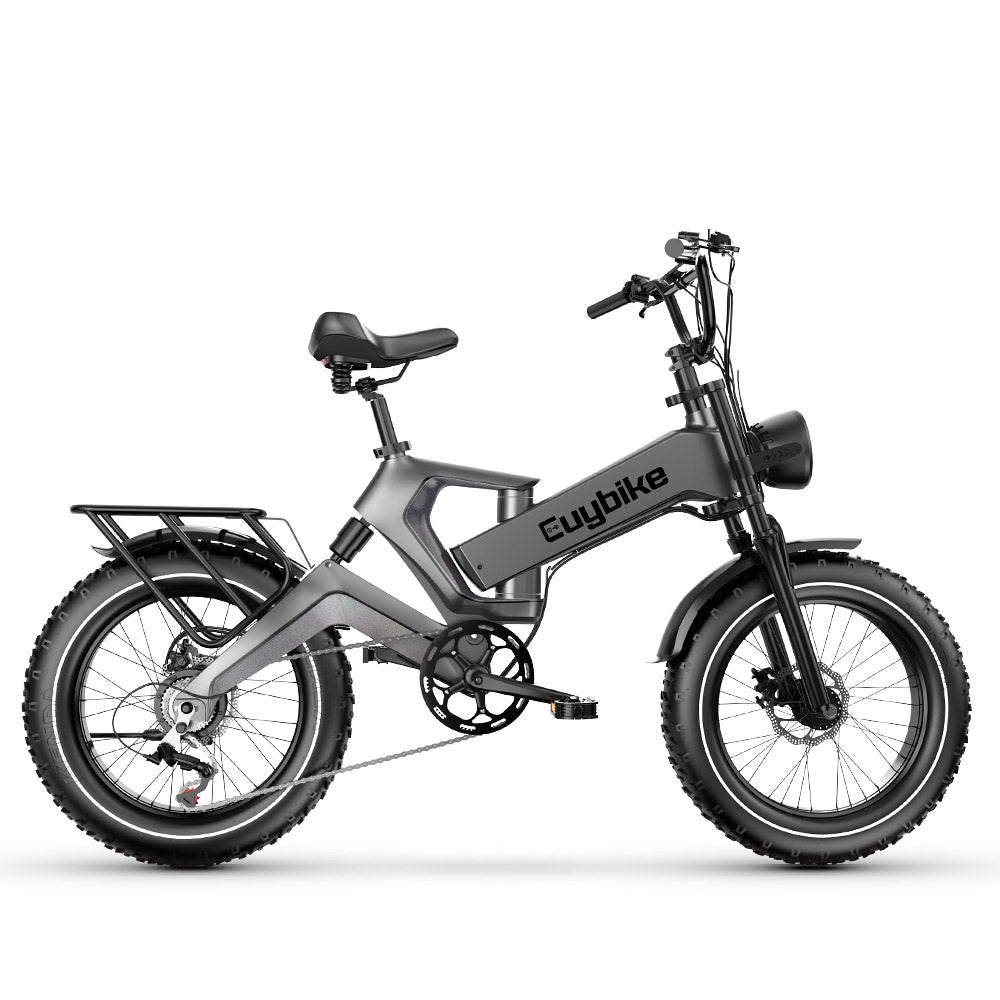
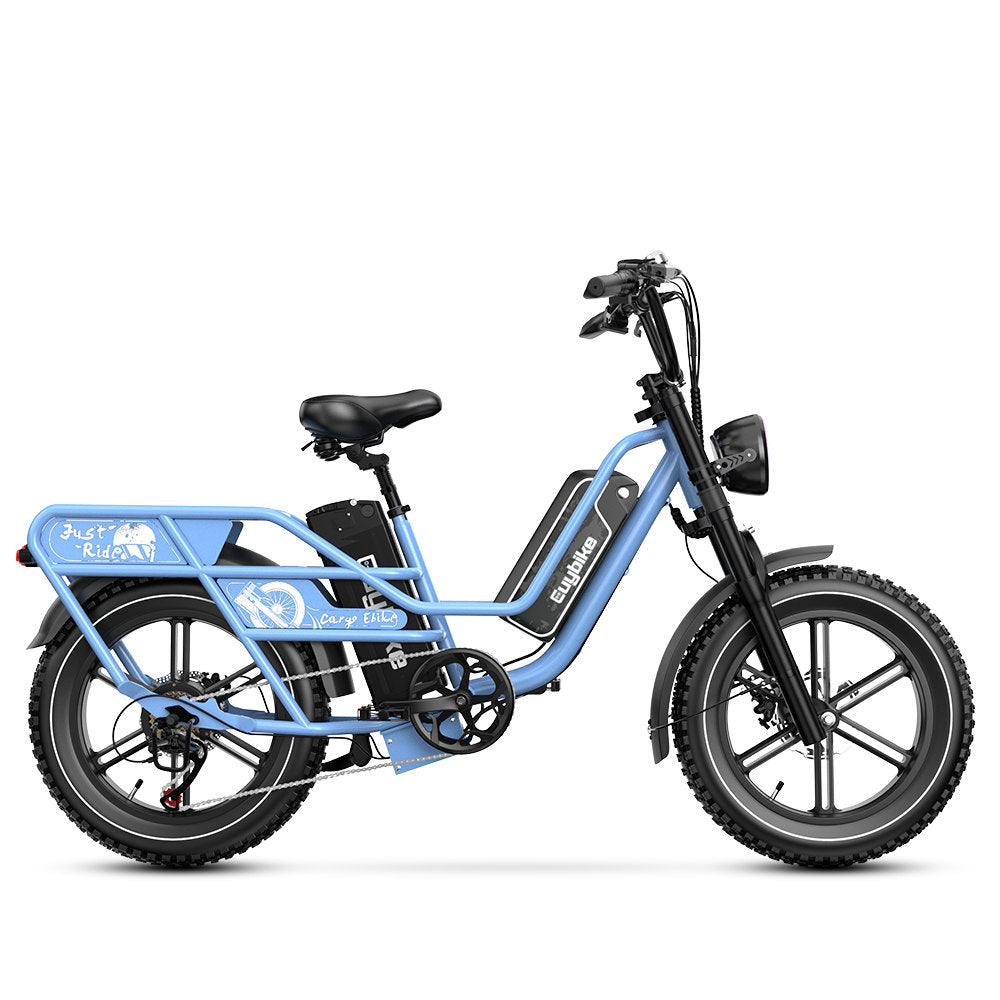
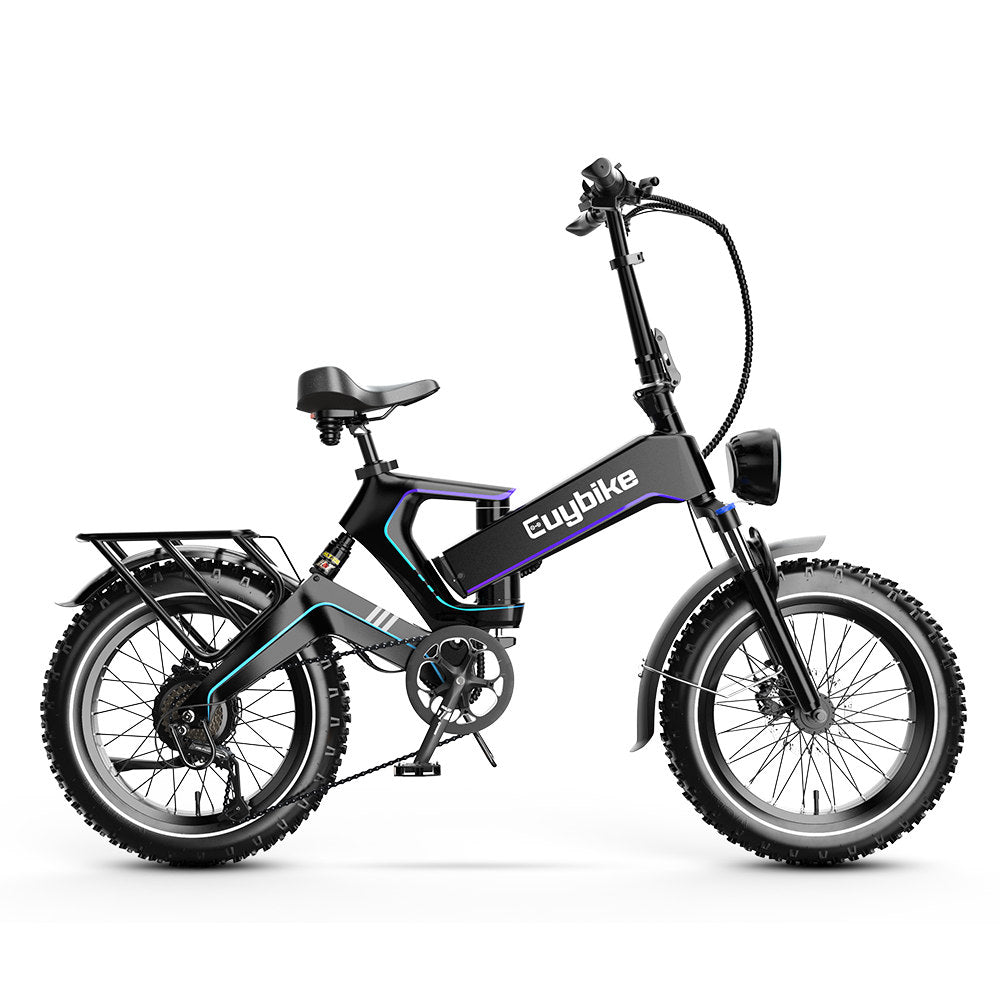
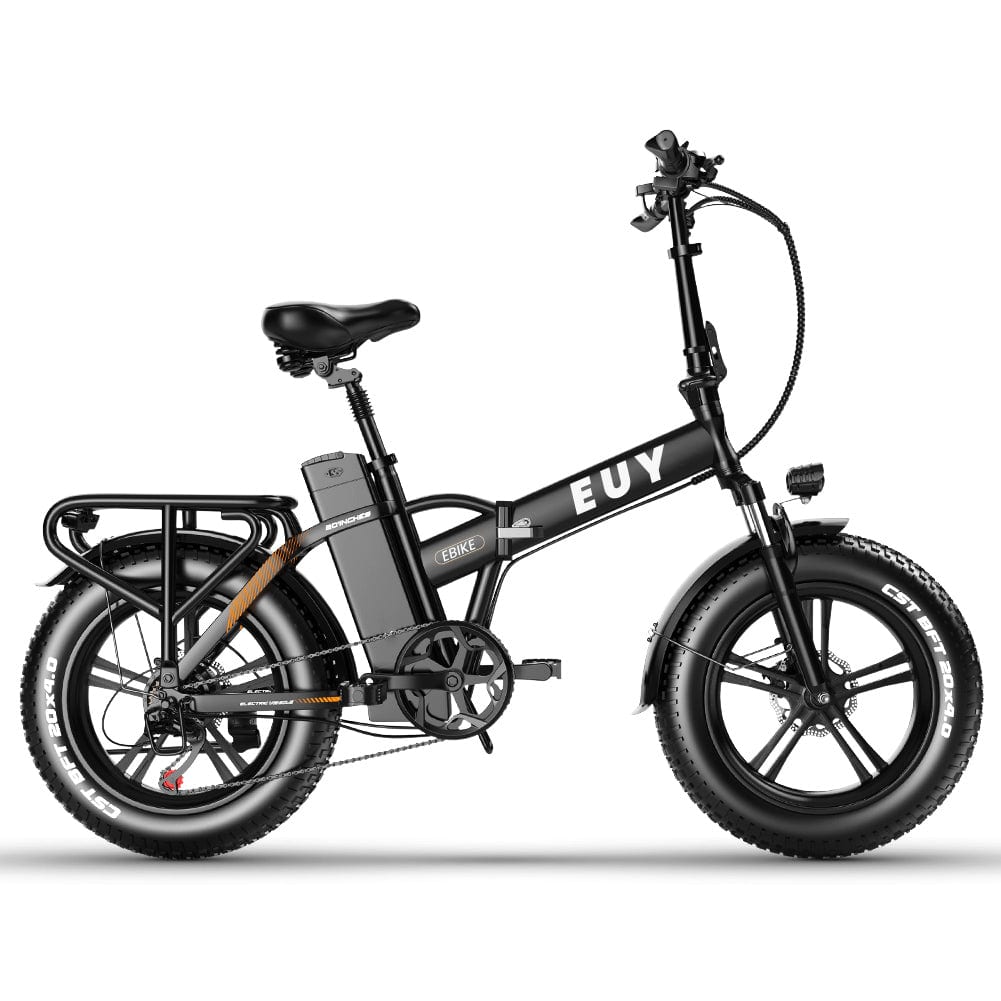
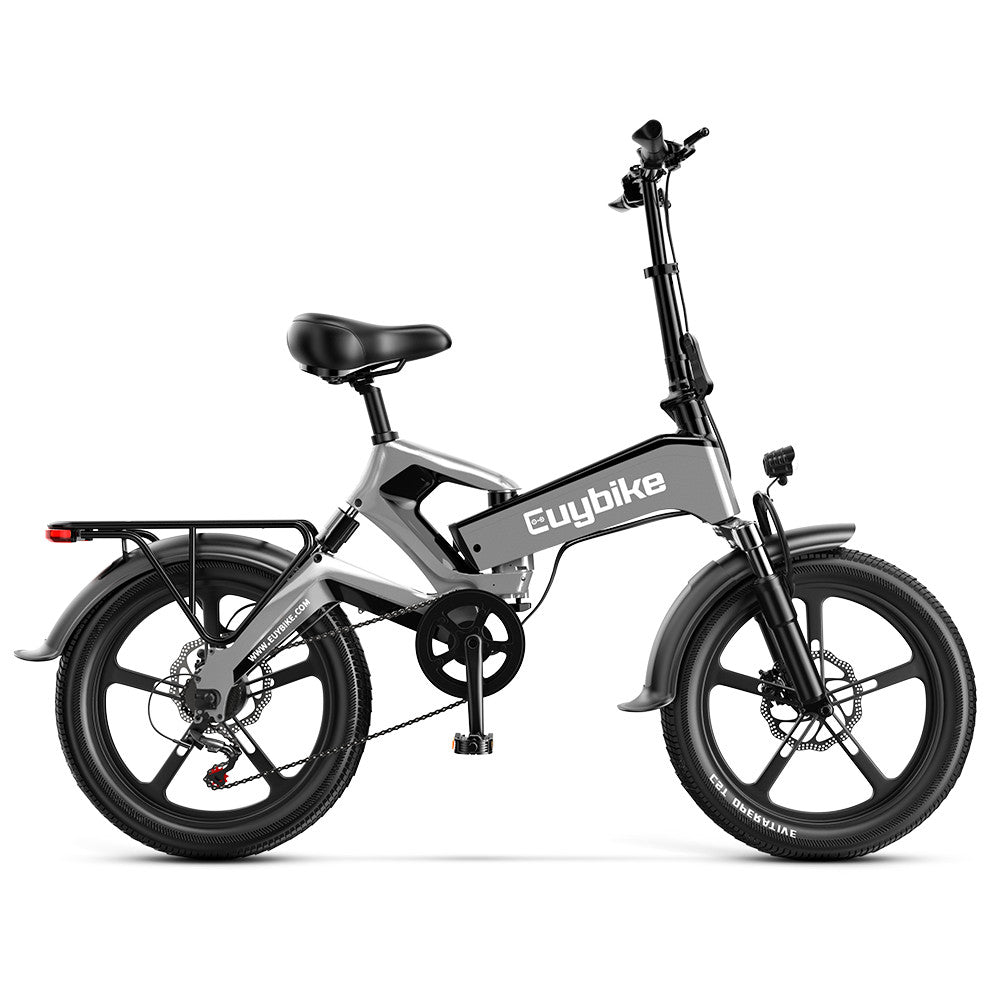
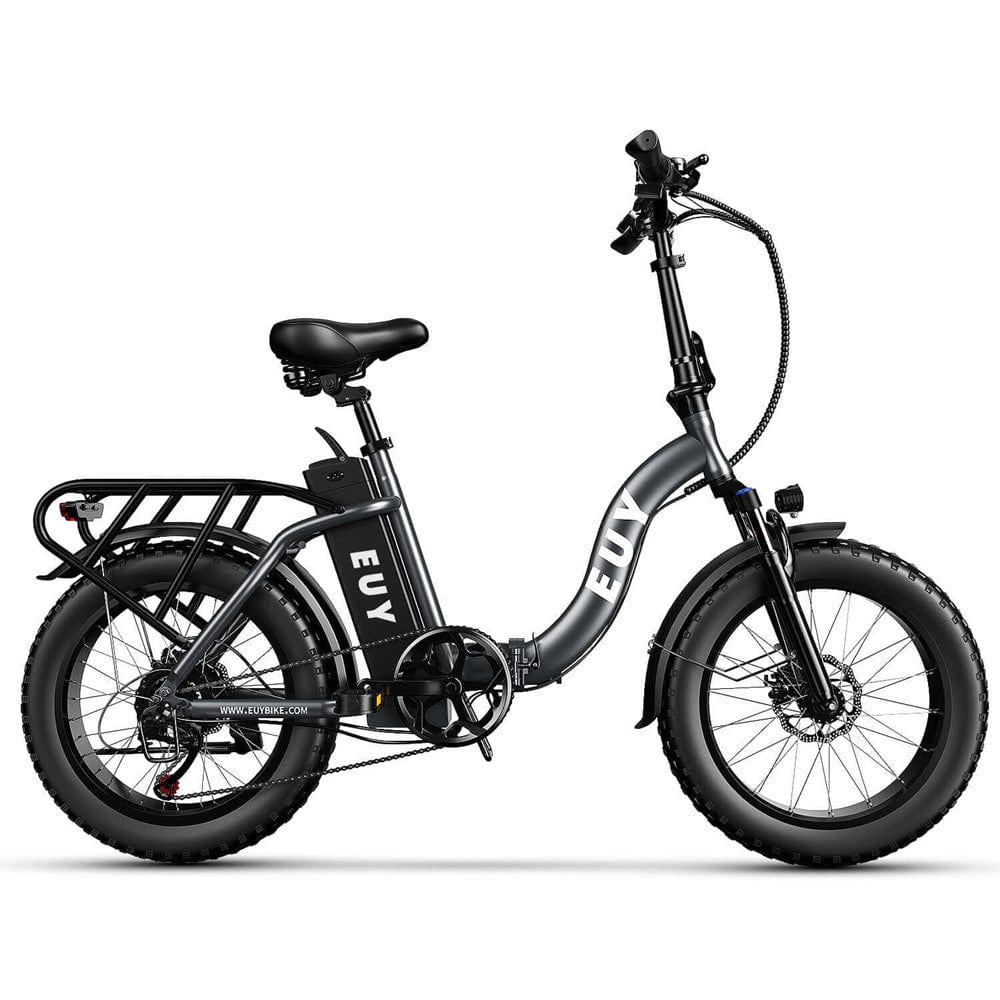


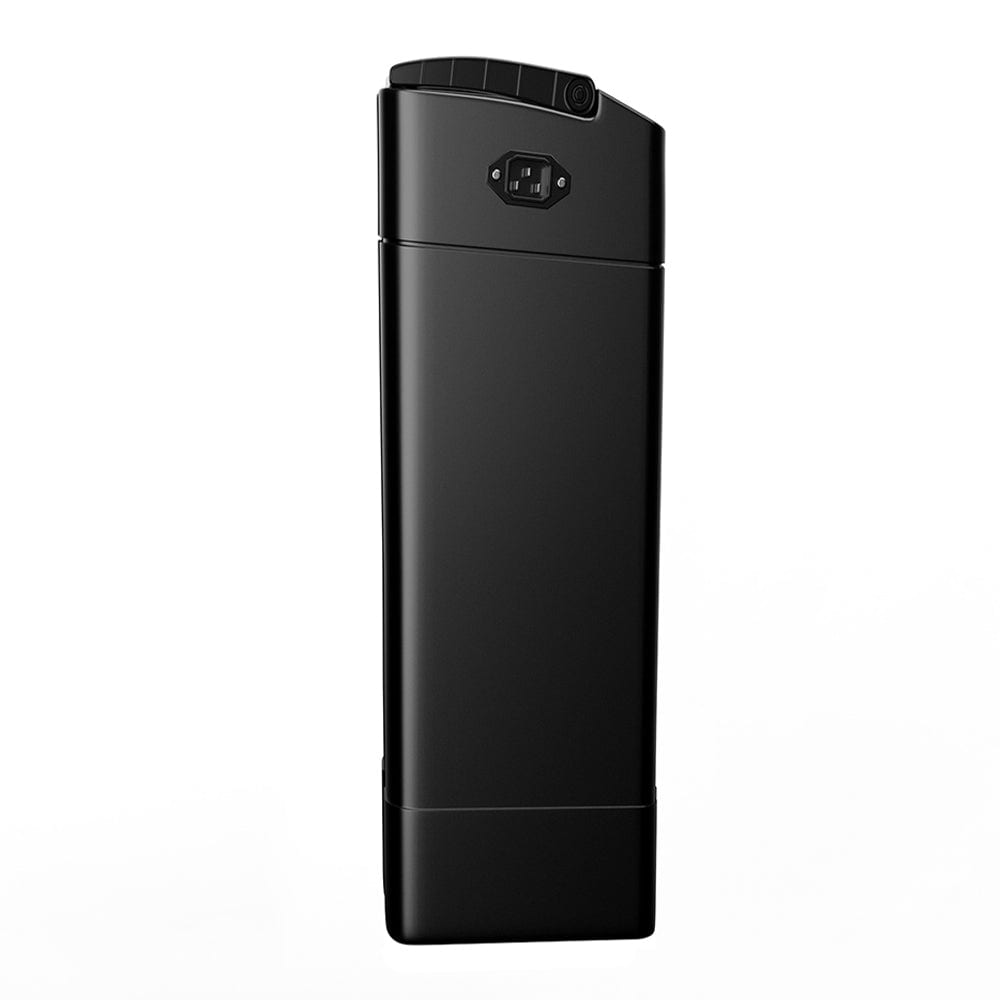
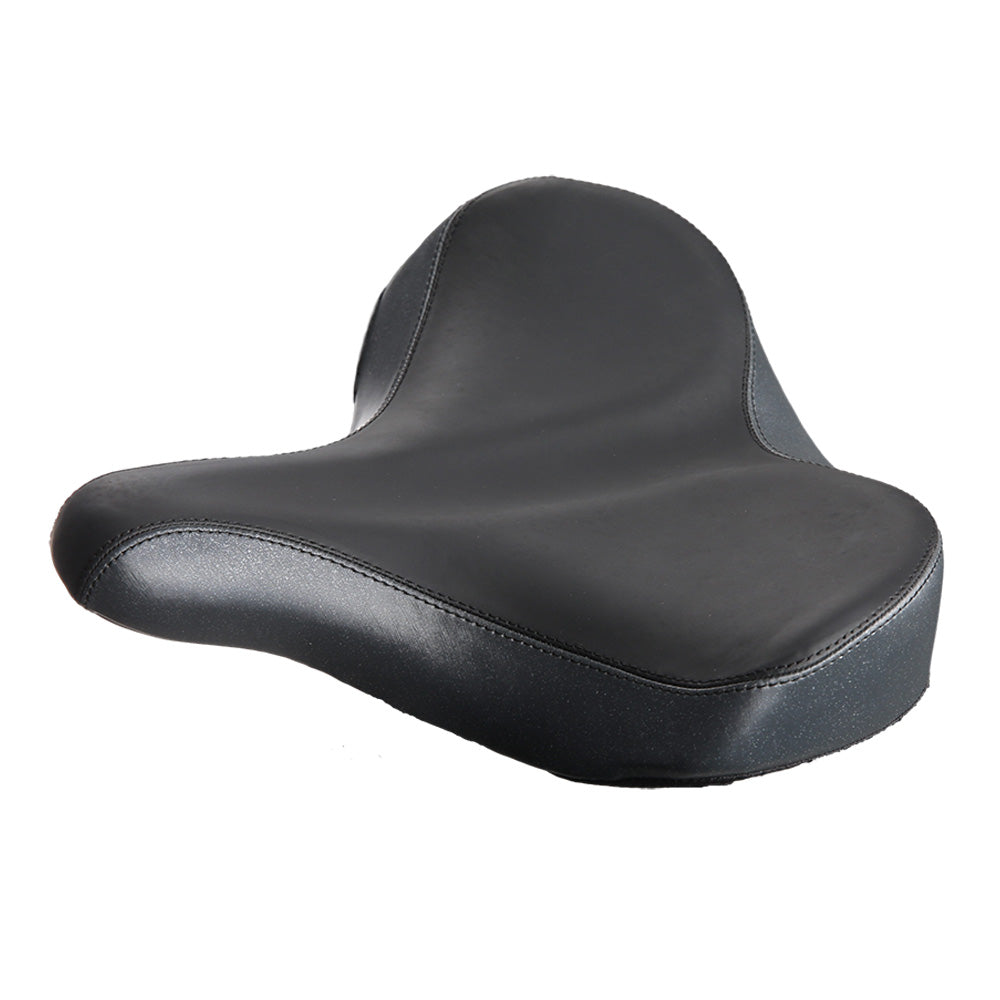
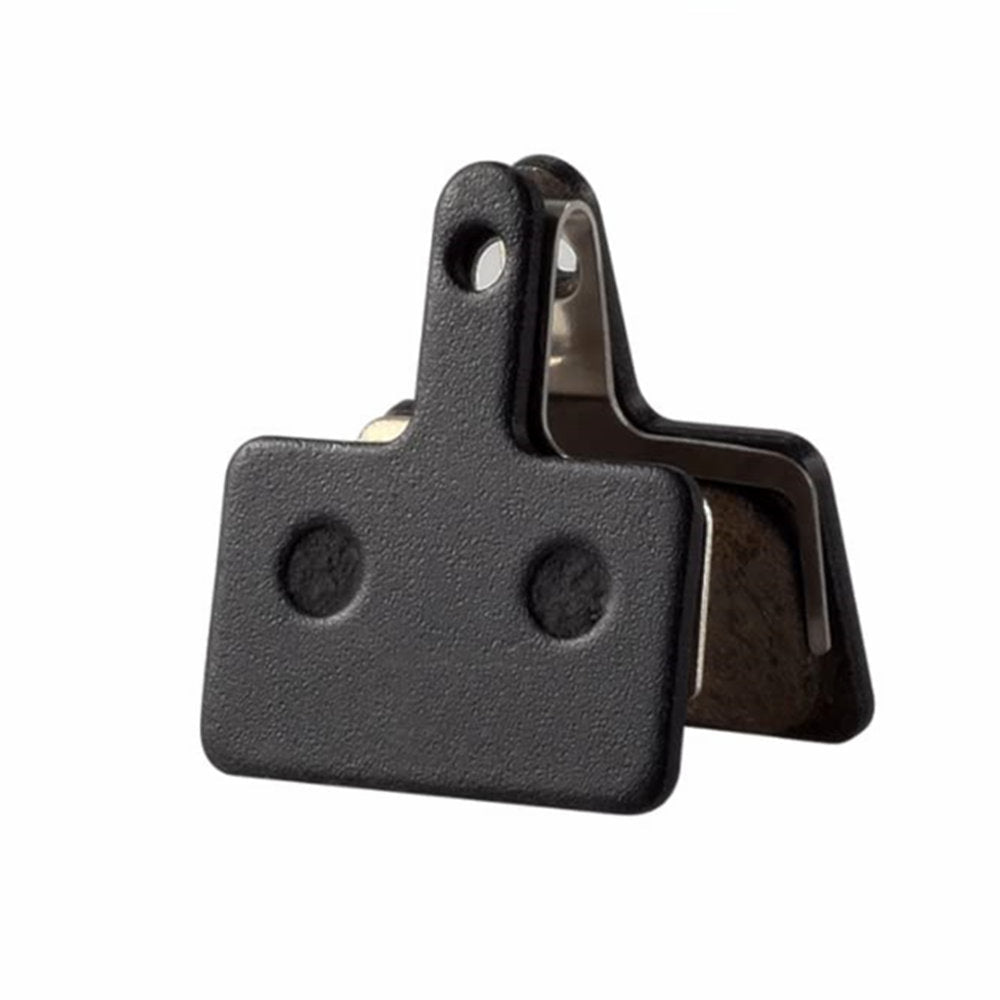
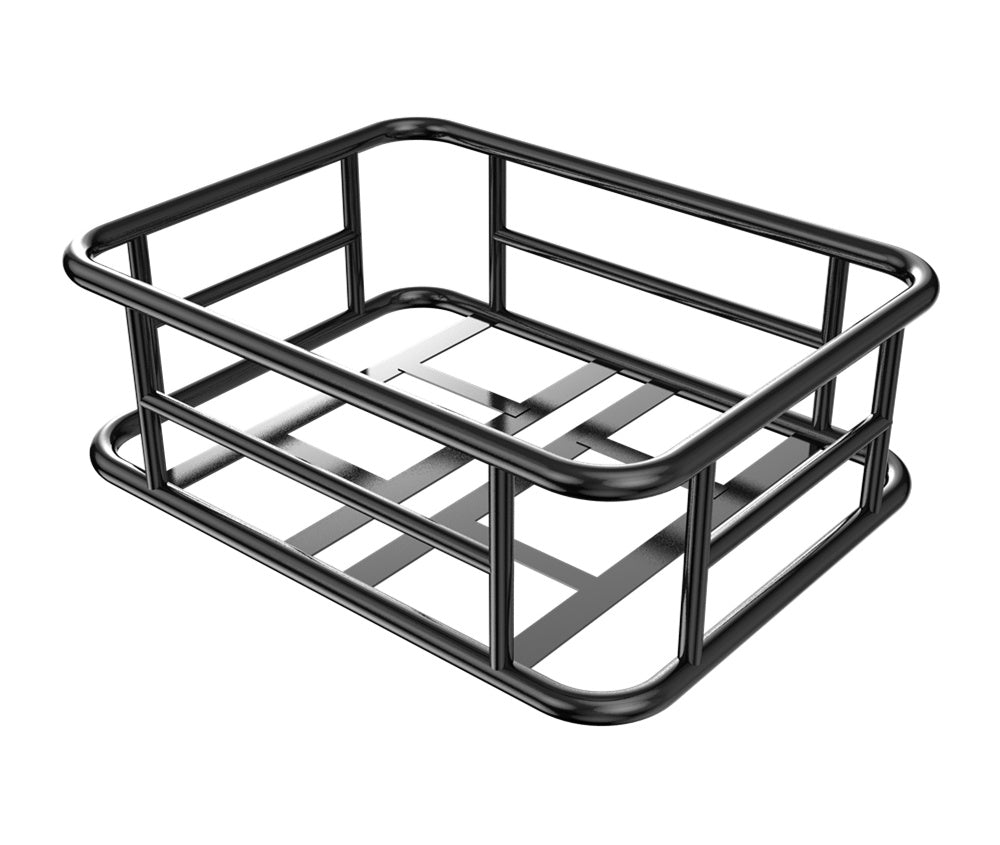

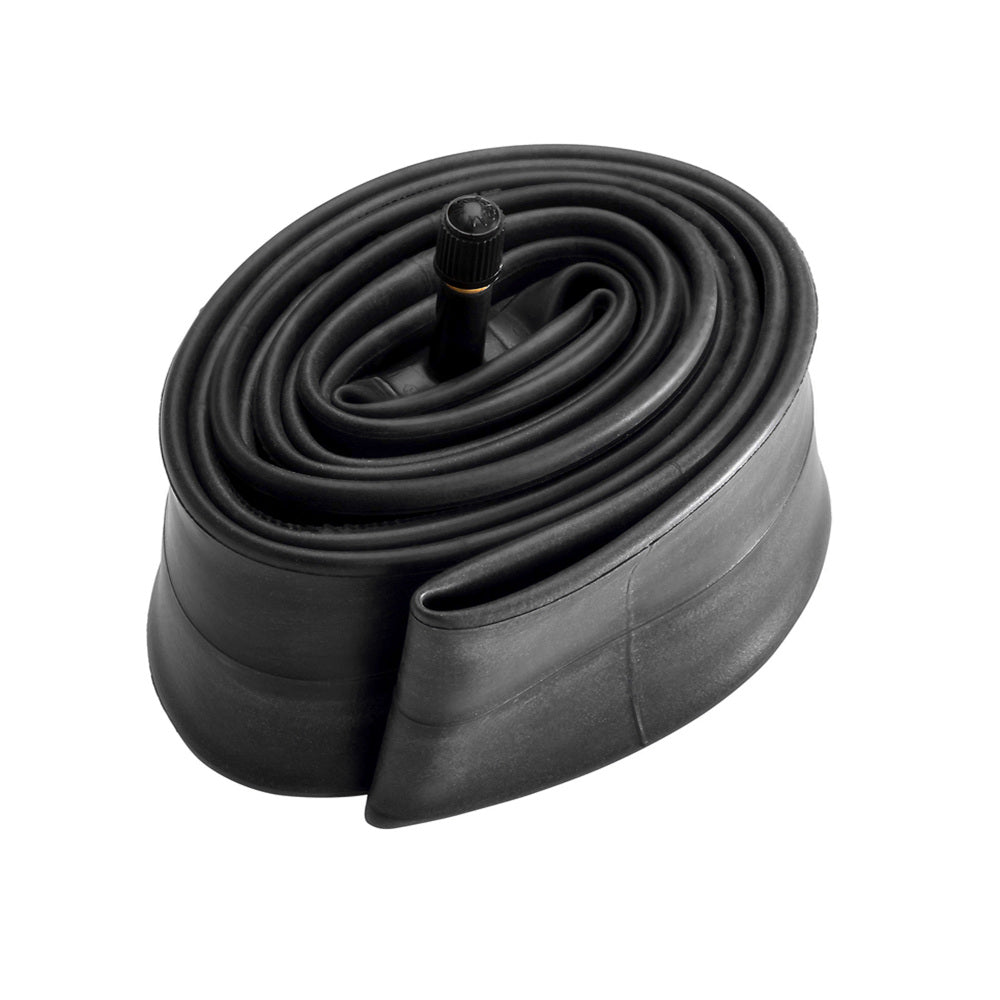
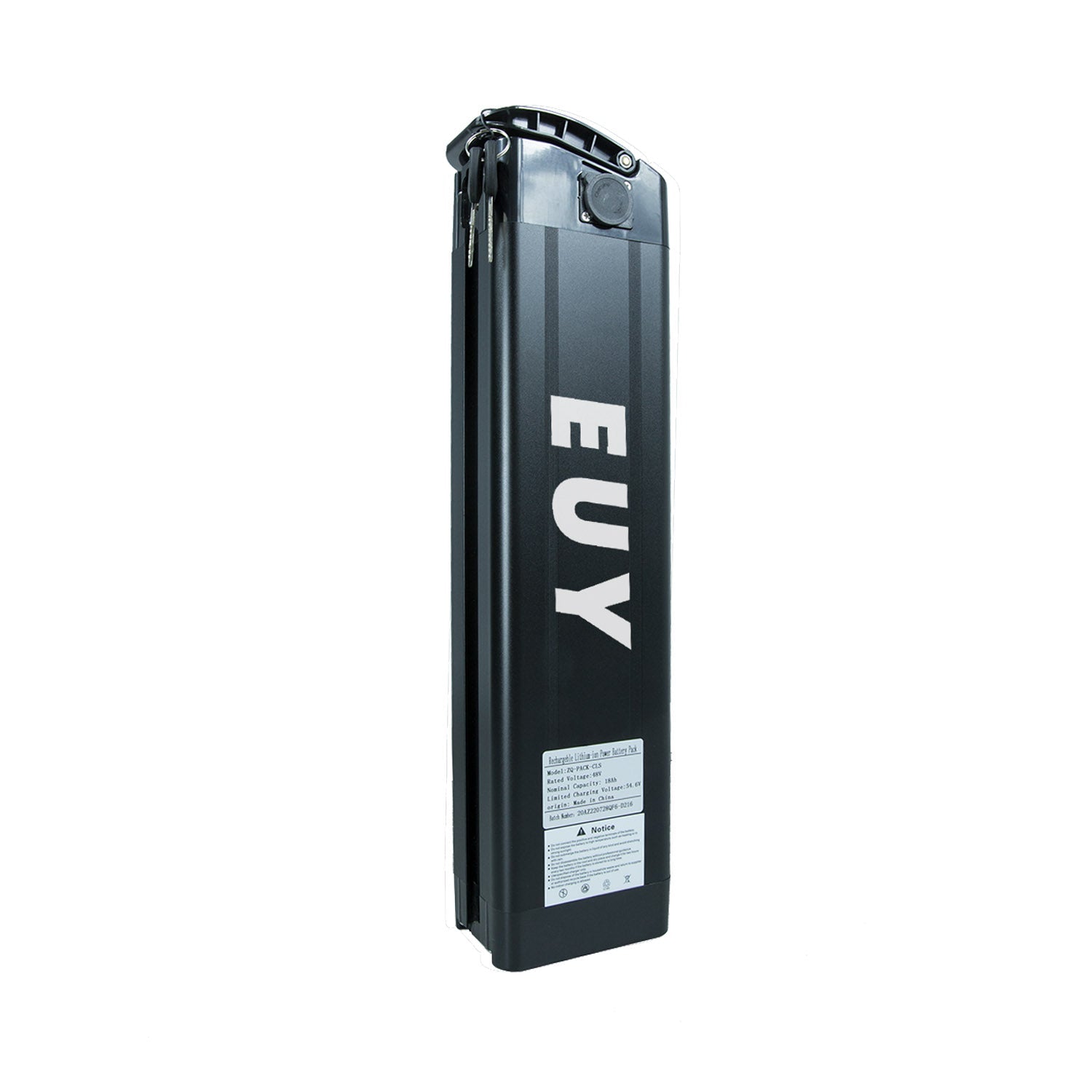
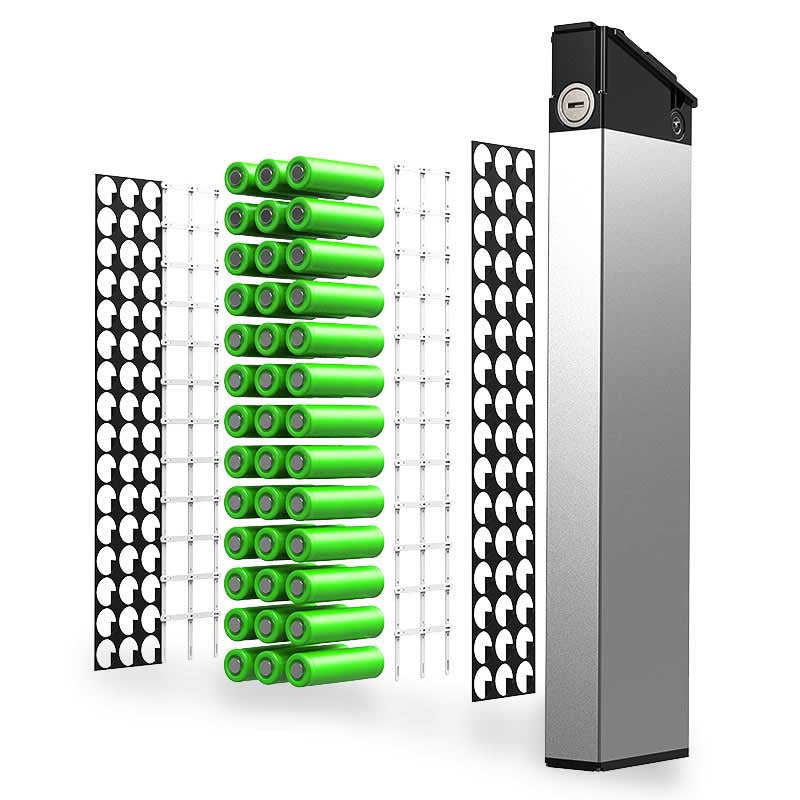




Leave a comment